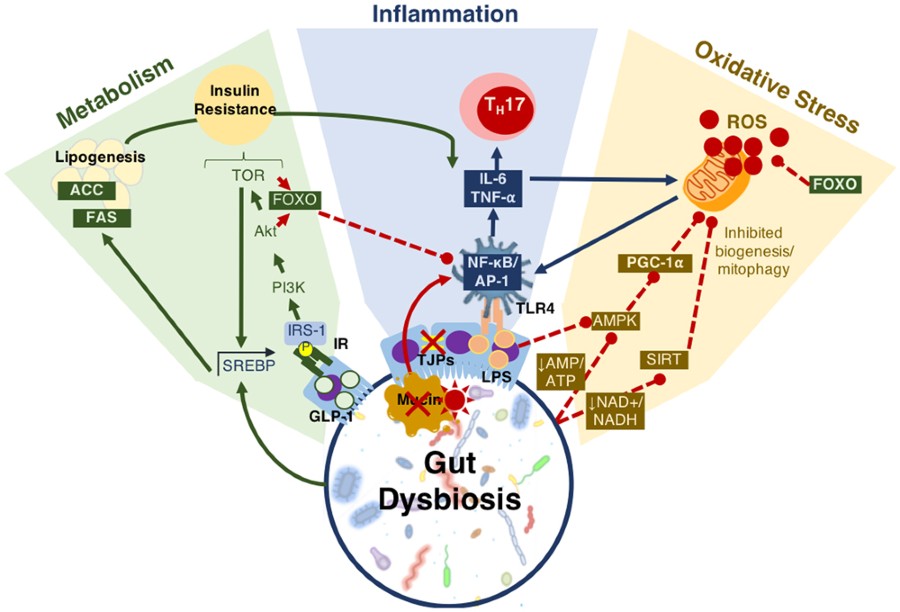
Possible relationship between gut microbial health and sleep disorder. Small intestine bacterial overgrowth (SIBO) may be more prevalent among patients with restless legs syndrome (RLS), according to preliminary findings from a small, new study.
Results show that SIBO was found in all seven participants who have RLS. In contrast, the prevalence of SIBO in the general population is estimated to be no more than 15%.
“We’ve observed extremely high rates of small intestinal bacterial overgrowth in the RLS group,” said lead author Daniel Jin Blum, Ph.D., D.B.S.M...
Read More









Recent Comments